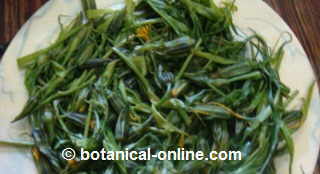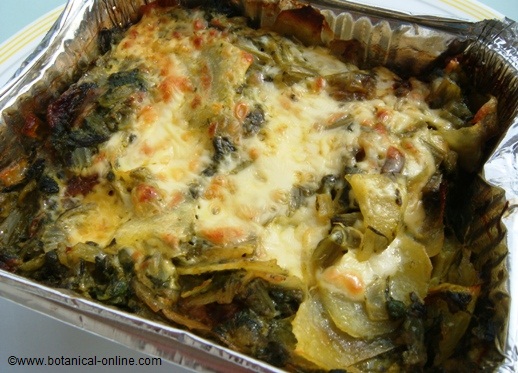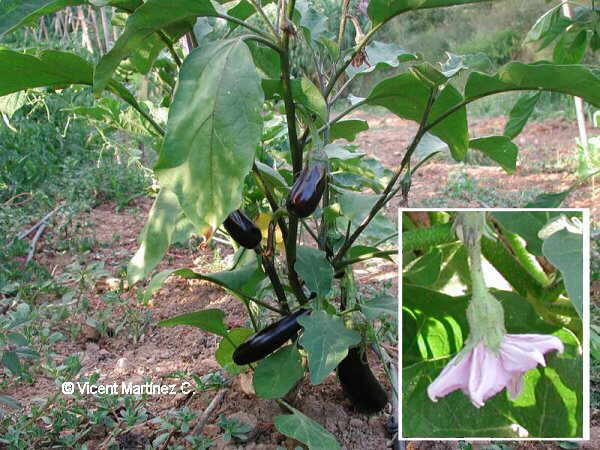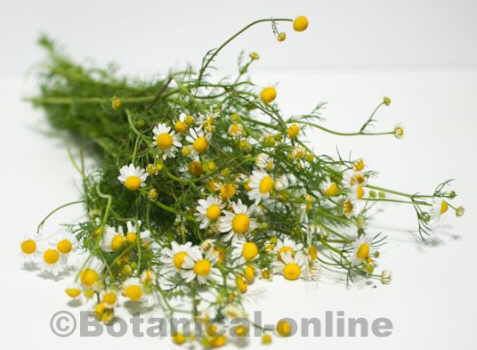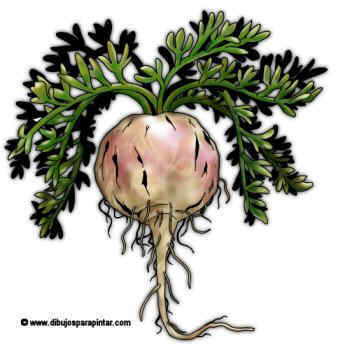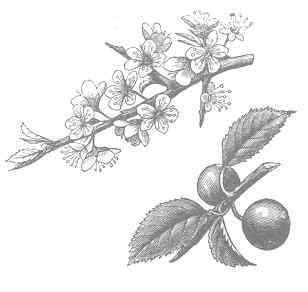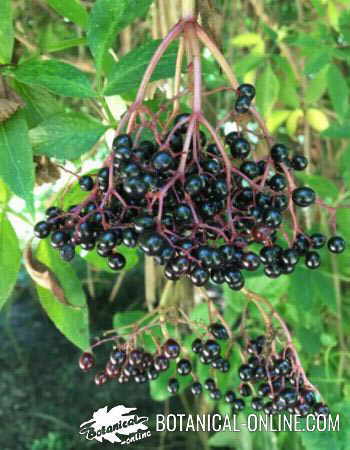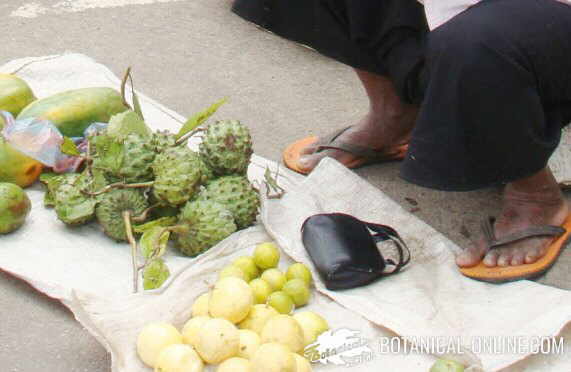Contents
Harvesting olives
Olive tree diseases
 How is the olive harvest done?
How is the olive harvest done?
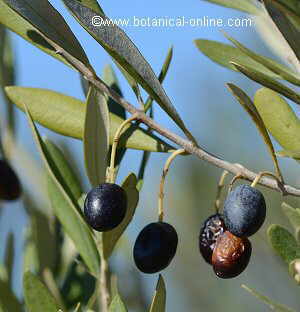 Olives were traditionally allowed to ripen on the tree until they fell to the ground. Once on the ground, they were picked up by hand or with rollers fitted with spikes. Thus collected they were taken home, where they were cleaned to remove leaves, twigs, stones and dirt. The method is still maintained, although now, instead of dropping them on the ground, some nets are placed under the trees to facilitate collection. These methods involve a very long period, which can last well into spring, during which the olive undergoes a process of alteration of its fatty acids that increase its acidity and produce lower quality oils.
Olives were traditionally allowed to ripen on the tree until they fell to the ground. Once on the ground, they were picked up by hand or with rollers fitted with spikes. Thus collected they were taken home, where they were cleaned to remove leaves, twigs, stones and dirt. The method is still maintained, although now, instead of dropping them on the ground, some nets are placed under the trees to facilitate collection. These methods involve a very long period, which can last well into spring, during which the olive undergoes a process of alteration of its fatty acids that increase its acidity and produce lower quality oils.
Currently an attempt is being made to shorten the period between when the olive is detached from the tree until it is taken to the oil mill where the oil is extracted. It is intended, if possible, that this entire process is carried out in a single day.
To collect the olives there are different methods:
- Manually: By means of scrapers, which in the form of combs are rubbed on the fruits, making them fall on a few awnings, placed under the trees. By means of canes or sticks hitting the branches, in what is called the beating technique.
- Mechanically: with mechanical devices activated by the driving force of tractors that hit the branches or make the trees vibrate from hooks that are attached to the trunks.
Those olives that do not fall with this method must be detached from the tree manually or with machines coupled to the tractor’s power take-off, or propelled with independent gasoline engines. Those that fall alone, due to being too ripe or due to the action of the wind, must be collected from the ground with spiked cylinder machines or manually.
 What diseases attack olive trees?
What diseases attack olive trees?
Among the most important pests and diseases that affect olive trees we can mention the following:
- Olive fruit fly: It is the most common and most pernicious disease. It is produced by the Dacus oleae species, which is a dipteran of a little more than 1 cm. Its destructive work is caused by the larvae that grow in the eggs that the females lay inside the olives. When they hatch, they feed on them, producing galleries inside that destroy the fruit. Among the factors that promote its development are warm winters, cold summers or the lack of predatory insects. To eradicate this pest, specific fumigations must be carried out. Other less aggressive environmental procedures are being carried out, such as the introduction of natural enemies or with traps. Lately it is trying to fight it from its own species, disseminating sterile males that mate with females without leaving offspring.
- Peacock spot: It is a fungal disease, produced by the Cycloconium oleaginum fungus that produces spots on the fruits and lesions on the leaves or other parts of the plant. Environmental conditions of high humidity and high temperatures favor the spread of this fungus. The best treatment is to spray with copper.
- Olive moth: It is manifested in the eaten shoots and in the open galleries in the young fruits. These symptoms are produced by the larvae of a gray-white butterfly, of the Prays oleae species. The best remedy will be to apply specific insecticides before flowering
- Scale insect: Produces trees loaded with a sticky black substance. The mealybug belongs to the species Saissetia oleae. To combat it, specific fumigations must be carried out.
- Olive bark beetle: It manifests itself in the form of galleries excavated in the branches, caused by the larvae of a small beetle (Phloeotribus scarabaeoides). Aside from specific chemical treatments, a very suitable way to combat it is to provide plenty of pruning branches under the trees for these insects to settle on. Then, once infected, they burn.
Olive tree information
Information about olives
| Benefits of olives | Olive fruit food | Advantages and disadvantages of eating olives |
![]() More information on olive tree
More information on olive tree

